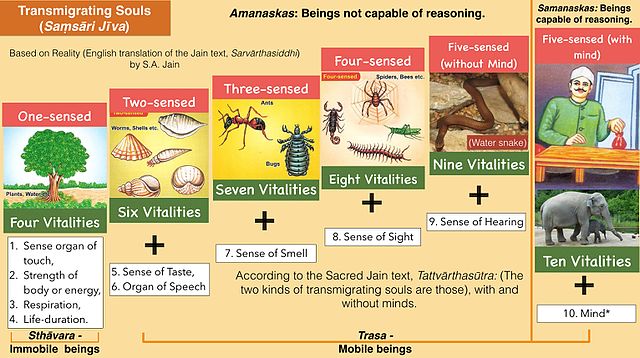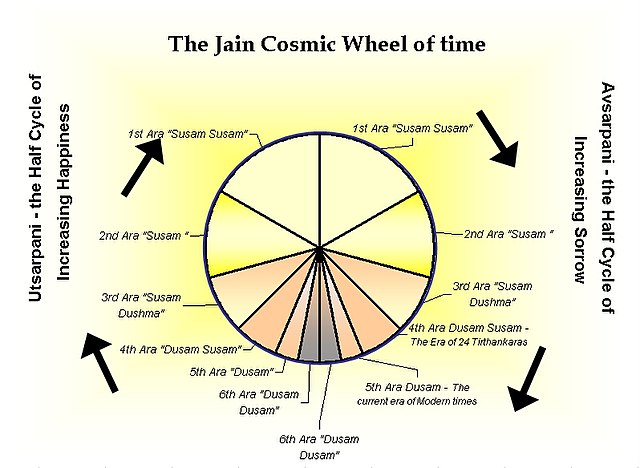Diwali in Jainism marks the anniversary of Nirvana or liberation of Mahavira's soul, the twenty-fourth and last Jain Tirthankara of the present cosmic age. It is celebrated at the same time as the Hindu festival of Diwali. Diwali marks the end of the year for Jains, and it likewise commemorates the passing of their twenty-fourth Tirthankara Mahavira and his achievement of moksha.
Pawapuri where Mahavira attained Niravana
Diya and Tirthankar
Jainism, also known as Jain Dharma, is an Indian religion. Jainism traces its spiritual ideas and history through the succession of twenty-four tirthankaras, with the first in the current time cycle being Rishabhadeva, whom the tradition holds to have lived millions of years ago, the twenty-third tirthankara Parshvanatha, whom historians date to the 9th century BCE, and the twenty-fourth tirthankara Mahavira, around 600 BCE. Jainism is considered an eternal dharma with the tirthankaras guiding every time cycle of the cosmology. The three main pillars of Jainism are ahiṃsā (non-violence), anekāntavāda (non-absolutism), and aparigraha (asceticism).
The 58.8ft high monolithic statue of Bahubali built in 981 CE
Classification of Saṃsāri Jīvas (transmigrating souls) in Jainism
Rebirth loka (realms of existence) in Jain cosmology.
Division of time in Jain cosmology.






